History, the grand tapestry of human endeavors and experiences, weaves together an intricate narrative filled with fascinating facts and lesser-known tales. Beyond the familiar stories that have shaped the world, lies a treasure trove of captivating historical facts waiting to be discovered. From the enigmatic fear of cats in Napoleon Bonaparte to the ingenious vending machines of ancient Greece, these little-known fragments of the past offer a glimpse into the quirkiness, complexity, and innovation of human history. Embark on a journey through time as we unveil 20 intriguing facts that reveal the extraordinary nature of the past and its enduring impact on our understanding of the world.

Oxford University:
Oxford University is Older than the Aztec Civilization: The University of Oxford, located in Oxford, England, is one of the oldest and most prestigious universities in the world. It was established around 1096, during the High Middle Ages. In contrast, the Atec civilization, which flourished in Mesoamerica, did not emerge until the 14th century. This fascinating fact highlights the enduring legacy of academic excellence and tradition that Oxford University continues to uphold.
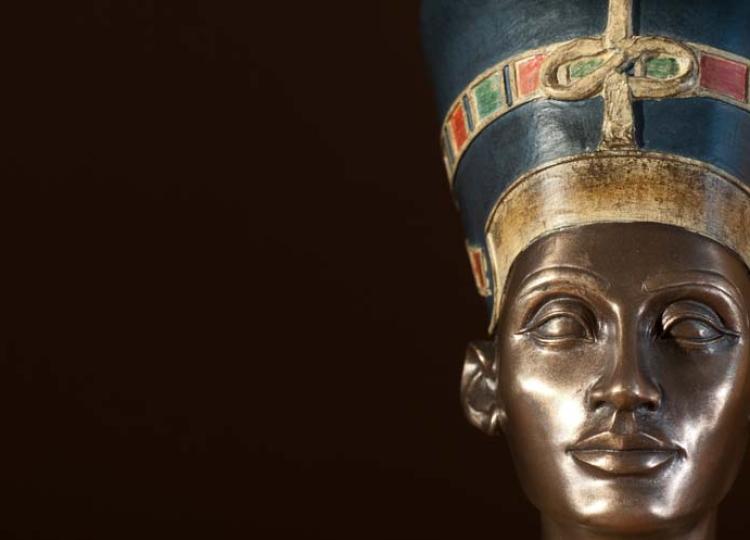
Cleopatra Wasn't Egyptian:
Cleopatra VII Philopator, commonly known as Cleopatra, was a member of the Ptolemaic dynasty, which ruled Egypt after Alexander the Great's death. Her ancestors were of Macedonian Greek origin, and she was the first of her dynasty to learn the Egyptian language. Cleopatra's lineage, combined with her charm and intelligence, played a significant role in her rise to power and her enduring reputation as a powerful and alluring ruler.

Eiffel Tower Use During WWI:
During World War I, the Eiffel Tower in Paris was not just a symbol of engineering marvel but also served an unexpected and vital role. Acting as a strategic asset, the tower was employed as a radio transmission post to intercept enemy communications. This allowed French forces to gain valuable intelligence, providing an edge in the ongoing conflict. The Eiffel Tower's contribution to wartime efforts further solidifies its significance in history beyond its iconic status.

Napoleon's Fear of Cats:
Napoleon Bonaparte, the formidable French military leader and emperor, had a curious and lesser-known fear – cats. Suffering from ailurophobia, a phobia of cats, Napoleon was said to become visibly uncomfortable and anxious in the presence of felines. Although his fear might appear incongruous with his fierce reputation, it serves as a reminder that historical figures were not immune to quirks and idiosyncrasies.

The Great Emu War:
In 1932, Australia witnessed an unusual chapter in its history known as the "Great Emu War." Following World War I, a large population of emus migrated to Western Australia, causing significant agricultural damage to farmers' crops. In an attempt to address the issue, the government deployed soldiers armed with machine guns to combat the emus. Despite the effort, the emus proved to be elusive and won the unconventional war, leaving a memorable and comical episode in Australia's past.

Ancient Greek Vending Machines:
Ancient Greek temples were not just places of worship but also sites of practicality. Visitors could find ingenious vending machines known as "holy water dispensers." These machines would dispense holy water to pilgrims and visitors seeking spiritual purification and blessings. Operated by inserting a coin, these early vending machines demonstrated the ancient Greeks' creativity in combining religion and technology.
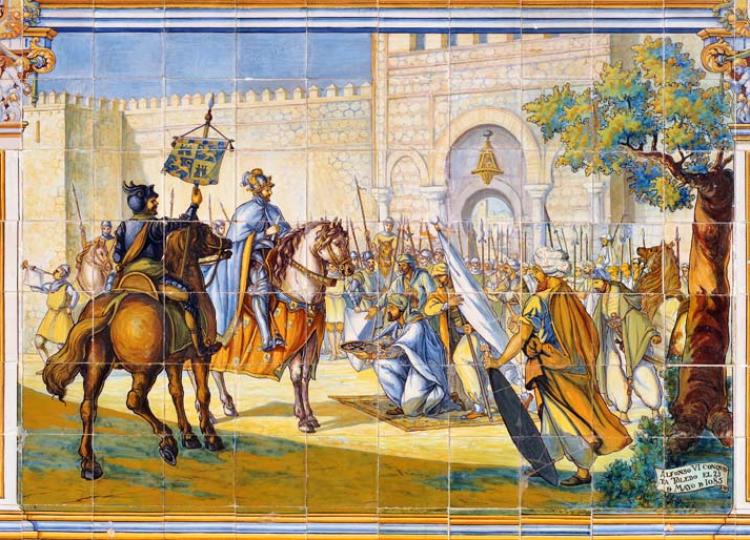
The Longest War in History:
The Reconquista, a centuries-long series of wars between Christian kingdoms and Muslim Moors, lasted approximately 781 years, from 711 to 1492. This extended conflict unfolded in the Iberian Peninsula, comprising modern-day Spain and Portugal. The Reconquista's significance lies in the eventual triumph of the Christian kingdoms, leading to the establishment of modern Spain and Portugal as distinct Christian territories.
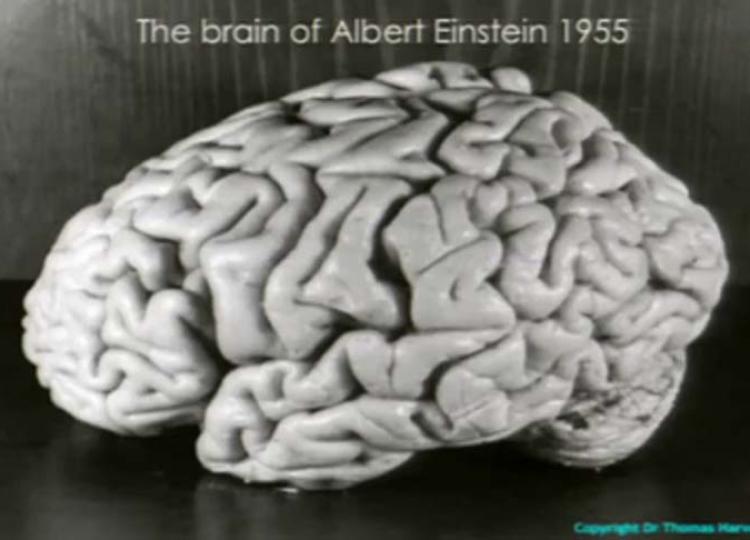
Albert Einstein's Brain:
After Albert Einstein's death in 1955, his brain was preserved by pathologist Thomas Stoltz Harvey for scientific study. Researchers later discovered that Einstein's brain had some distinctive features, including an unusually high number of glial cells, which are non-neuronal cells critical for brain function. However, the true extent of these peculiarities and their correlation to Einstein's exceptional intelligence remains a topic of scientific debate.
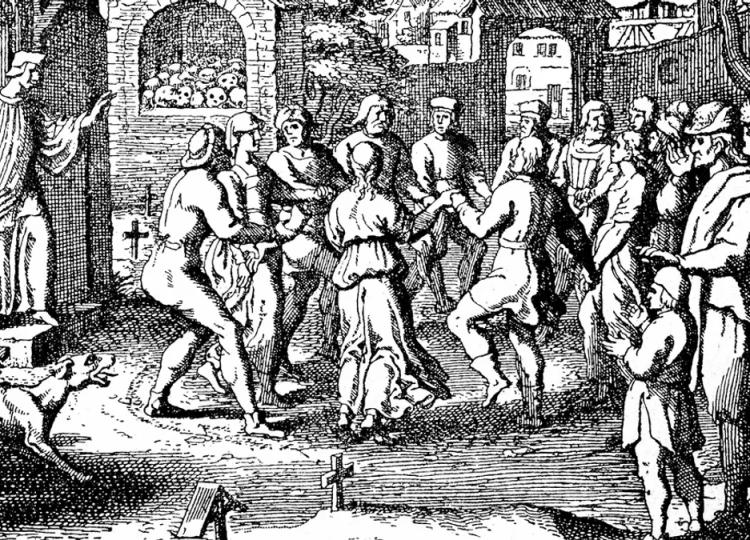
The Dancing Plague:
In the summer of 1518, Strasbourg, in what is now France, experienced a mysterious and bizarre phenomenon known as the "dancing plague." Hundreds of people, seemingly without control, began to dance fervently in the streets. The dancing persisted for days, with some individuals collapsing from exhaustion or even dying. Historians have proposed various theories, from mass hysteria to poisoning, to explain this perplexing event, but a definitive cause remains elusive.

Female Samurai:
While samurai are often associated with male warriors, Japan's history also includes Onna-bugeisha, female samurai who were skilled in combat. These brave and skilled women warriors fought alongside their male counterparts in feudal Japan. They were trained in various martial arts and often took up arms to defend their homes, families, and honor during times of conflict.

The Great Molasses Flood:
On January 15, 1919, a massive molasses tank rupture in Boston's North End led to the "Great Molasses Flood." A wave of molasses, estimated to be about 25 feet high, swept through the streets at an astonishing speed, causing destruction and taking 21 lives. This tragic event left a lasting impact on the city and prompted changes in engineering and safety regulations.

The First Computer Programmer:
Ada Lovelace, an English mathematician and writer in the 19th century, is often regarded as the world's first computer programmer. Lovelace collaborated with Charles Babbage, the inventor of the Analytical Engine, an early mechanical computer. She wrote a series of detailed notes on the engine, including the first algorithm intended for implementation by a machine. Her visionary contributions to computing have cemented her place as a pioneering figure in computer science.

The First Photographed Human:
The first human to be photographed, albeit unintentionally, was captured in the background of a photo taken by Louis Daguerre in 1838. The image shows a man getting his shoes shined on a busy street in Paris. Although his identity remains unknown, this fleeting figure forever became a part of photographic history as the earliest captured human presence.

The Uninhabited Island that Started a War:
In 1859, the U.S. and Britain nearly went to war over the small, uninhabited San Juan Island, situated between Canada and the U.S. Known as the "Pig War," the dispute arose when an American farmer shot a British pig that had wandered onto his land. Tensions escalated, leading to both sides amassing military forces on the island. Ultimately, diplomacy prevailed, and a joint military occupation ensued until the boundary was resolved peacefully in 1872.

The Pyramids of Antarctica:
Contrary to popular conspiracy theories, there are no pyramids in Antarctica. While the continent has numerous fascinating geological formations and ice structures, no evidence supports the existence of ancient pyramids. The fascination with the idea of hidden pyramids in Antarctica continues to be debunked by scientific research and exploration.

The Shortest War in History:
The Anglo-Zanzibar War, fought on August 27, 1896, is recorded as the shortest war in history, lasting a mere 38 minutes. The conflict erupted when the Sultan of Zanzibar, Khalid bin Barghash, refused to step down after the British declared a new Sultan. The British Royal Navy promptly bombarded the Sultan's palace, swiftly ending the resistance and asserting British control over Zanzibar.

Coca-Cola's Secret Ingredient:
Coca-Cola, created by John Pemberton in 1886, initially contained trace amounts of the banned drug produced from coca leaves. This ingredient was believed to enhance the drink's invigorating properties. However, by 1929, the company removed the substance, and today's Coca-Cola contains only flavorings derived from coca leaves, which are processed to remove any psychoactive substances.
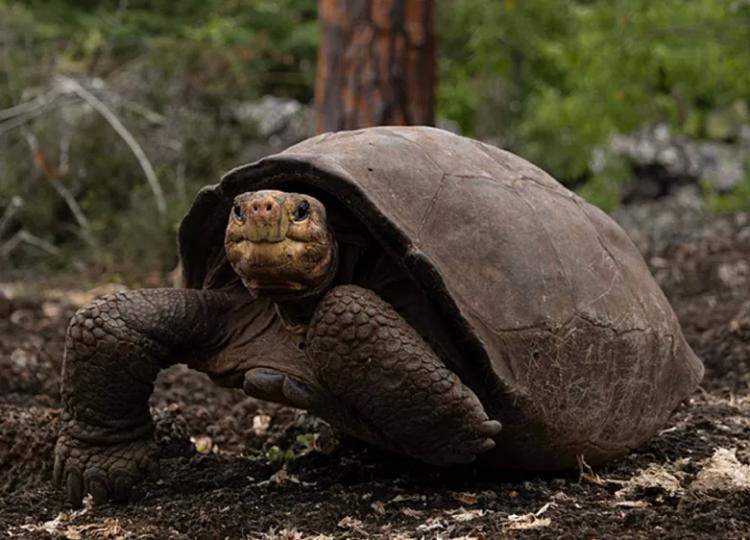
The Last Guadalupe Island Tortoise:
Lonesome George, a Pinta Island tortoise from the Galapagos, passed away in 2012 at the age of approximately 100, marking the extinction of his subspecies. He became a poignant symbol of the devastating impact of human activity on biodiversity and a reminder of the urgency to protect endangered species.

The Roman Legion's Sponge on a Stick:
Roman soldiers were known for their engineering ingenuity, even extending to their personal hygiene. Soldiers used a sponge fixed to the end of a stick called a "tersorium" to clean themselves after using shared communal toilets. The tersorium would be rinsed in water after each use, allowing for a semblance of hygiene amidst the challenging conditions of ancient military life.

Eratosthenes' Calculation of Earth's Circumference:
Eratosthenes, an ancient Greek scholar, made a remarkably accurate calculation of the Earth's circumference around 240 BCE. He deduced this by measuring the angle of the Sun's rays at two different locations in Egypt and using simple geometry to estimate the Earth's size. His calculation was remarkably close to the modern-day value, showcasing the ancient Greeks' impressive understanding of mathematics and the world around them.
As we delve into the annals of history, we encounter a rich tapestry of human ingenuity, curiosity, and resilience. The quirky fear of cats in Napoleon, the brief but impactful Great Molasses Flood, and the innovative vending machines of ancient Greece represent a mere fraction of the countless captivating stories scattered across the vast expanse of time. These lesser-known historical facts serve as portals to the past, opening our eyes to the complexities and wonders of the human experience. In each piece of historical minutiae, we find not just peculiarities but also reflections of our shared humanity and the ever-evolving nature of our world. As we cherish and learn from these hidden gems of history, let us appreciate the beauty and significance of every thread that enriches the intricate fabric of our collective human story.




